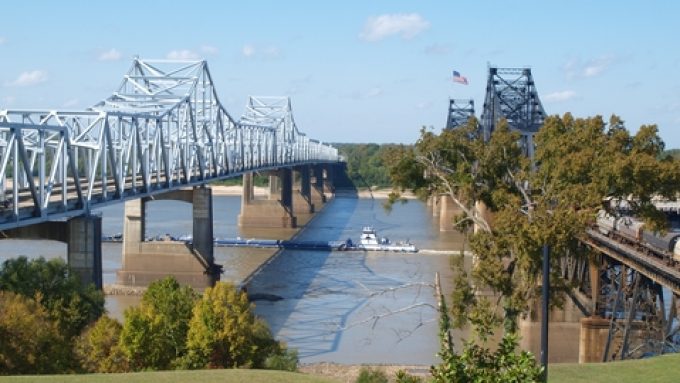Air and sea gateways batten down for Hurricane Helene
Gateways across Florida have shuttered in advance of Hurricane Helene’s expected imminent landfall, with airports ...

Anxiety has been growing among US agriculture exporters as barges limp down a Mississippi River hobbled by closures and stoppages.
And the US Army Corps of Engineers is engaged in a frustrating game of ’whack-a-mole’, trying to unclog blockages along the river.
Water levels of the Mississippi fell to record lows last month with the persistent lack of rain and shipping has been severely hit by a combination of closures – to allow for dredging in critical areas – and pile-ups as ...
Volcanic disruption at Anchorage could hit transpacific airfreight operations
Macron calls for ‘suspension’ – CMA CGM's $20bn US investment in doubt
Forwarders stay cool as US 'liberation day' tariffs threaten 'global trade war'
De minimis exemption on shipments from China to the US will end in May
Shippers snap up airfreight capacity to US ahead of tariff deadline
Tighter EU import requirements proving 'a challenge' for forwarders
Looming Trump tariffs will create 'a bureaucratic monster' for Customs

Comment on this article